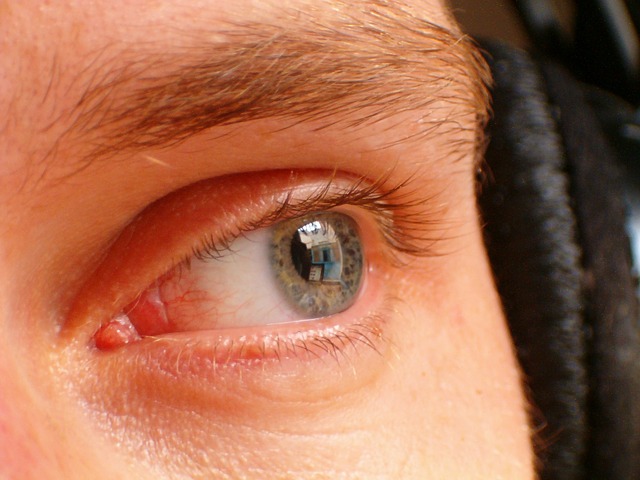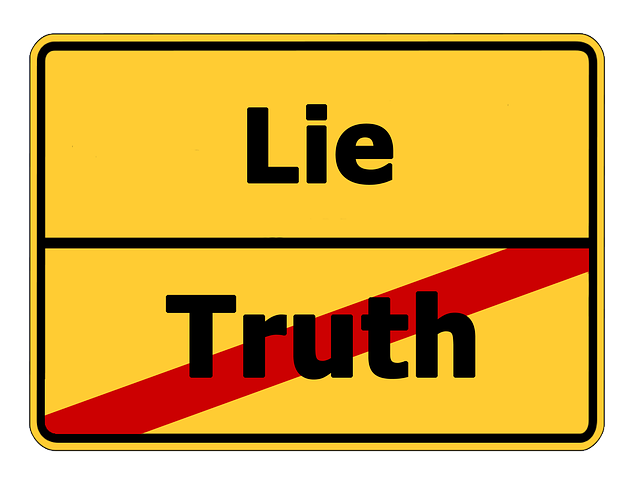So there actually is a name for lying and it is called the Pinocchio effect (and researchers say your nose actually heats up!!)
Using thermographic cameras, psychiatrists at the University of Granada in Spain were able to detect increased temperatures in the noses and the regions around the eyes of people who were telling lies, but this is not super practical for everyday use so let’s look at some other surefire signs you are dealing with a fibmaster…
There are two things: body language and linguistic clues that usually are giveaways. Here are some samples:
Body language giveaways
- Watch for the facial touching. People who are uncomfortable being dishonest tend to cover their mouth or touch their nose when they tell a lie. This could be an attempt to hide micro facial expressions or perhaps due to the sudden heat rush discovered by the Spanish study.
- Watch what they do with their eyes. While breaking eye contact in itself is not a clear indicator of lying – people often look away in order to concentrate or remember details – if there is a distinct change in a person’s eye-movements, rapid blinking, looking up or down for long periods while speaking it can indicate dishonesty. Also if they suddenly become hyper-focussed on staring you in the eye, it could be an attempt to counter-act the looking away factor and convince you of the lie.

- People who are lying often fidget more than those who are giving straight answers. Fidgeting is usually caused by discomfort or nervousness – both of which are symptoms of someone worried that they’ll be caught out for being dishonest. (Keep this in mind in job interviews. If you’re nervous, remember to keep your fidgeting in check. Worse than simply implying a lack of confidence – it could cause your interviewer to distrust your answers.)
Linguistic indicators of dishonesty
The Harvard study, Evidence for the Pinocchio Effect, tested people involved in business negotiations where trust was required and money was on the line. Here are some of the findings:
- People who are lying tend to use a lot more words than people who are telling the truth, probably because they feel the need to convince the listener of what they’re saying, rather than just tell them something. Researchers also called this the Pinocchio Effect – as similar to Pinocchio’s nose – the length of the sentence grew along with the lie.

- People who told lies of omission – leaving out relevant information rather than outright lying – actually went the other way, using even shorter sentences and fewer words than people telling the truth.People who told outright lies were believed more often than people who attempted to hide the truth through not talking about it. (So if you really need to deceive, you’re more likely to get away with making something up than with attempting to avoid the subject.)
- Liars swear more often than people who are telling the truth. (Note – in the job interview scenario – don’t swear either way, whether or not you’re lying.)
- Liars used far more third-person pronouns (“him, her, it, one, they, their” rather than “I”) than people who were telling the truth – or lying by omission. Similarly they also used much more complex sentence structures. Researchers interpret this as an attempt to separate themselves from the dishonesty at the heart of what they’re saying.
Finally, researchers compared cases where subjects conducted this same negotiation experiment by email exchange versus those who interacted in person. It turned out that liars are found out much more often in print than face-to-face. In an email exchange, the reader has the chance to go over the information more than once and at their own pace – and there are fewer distractions than when listening to a live person speak.
SOURCE: Workopolis
To receive similar content, “Like” us on Facebook @ https://www.facebook.com/niagarabuzz.ca










